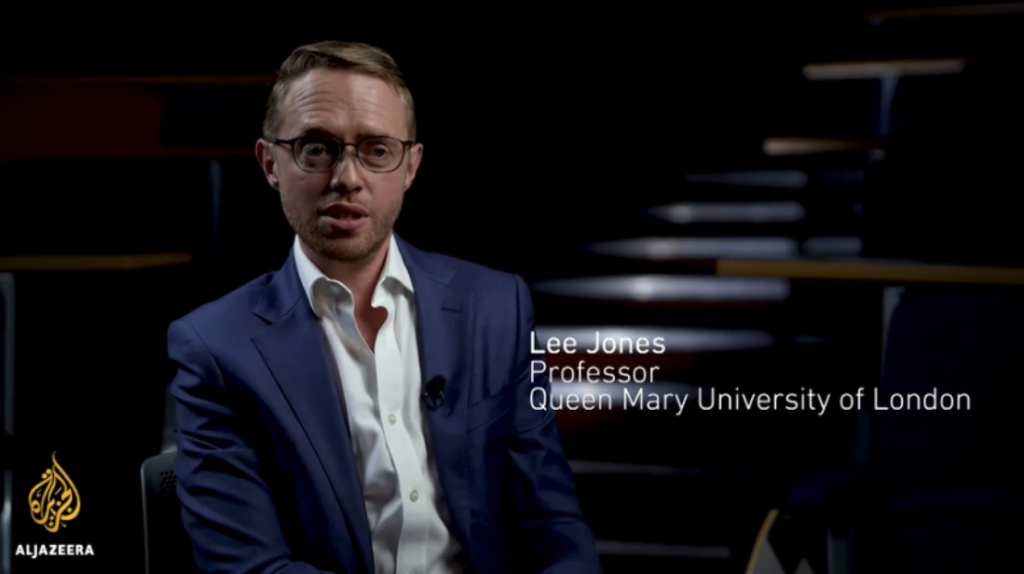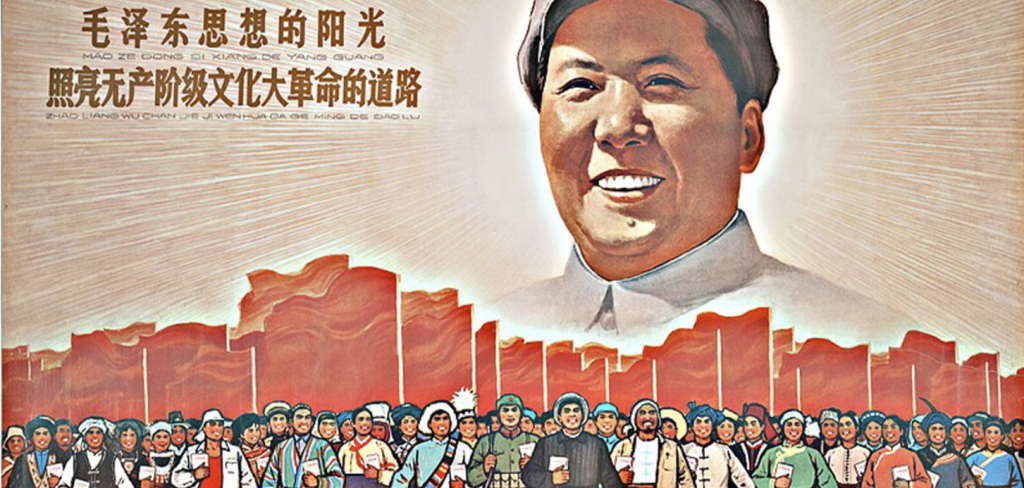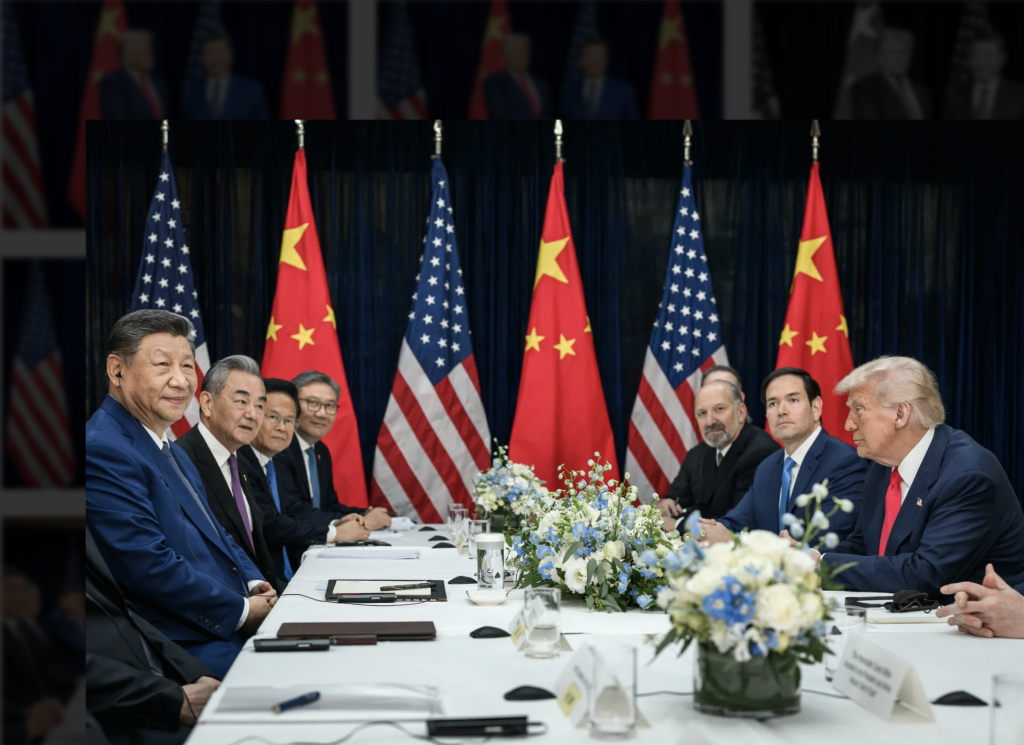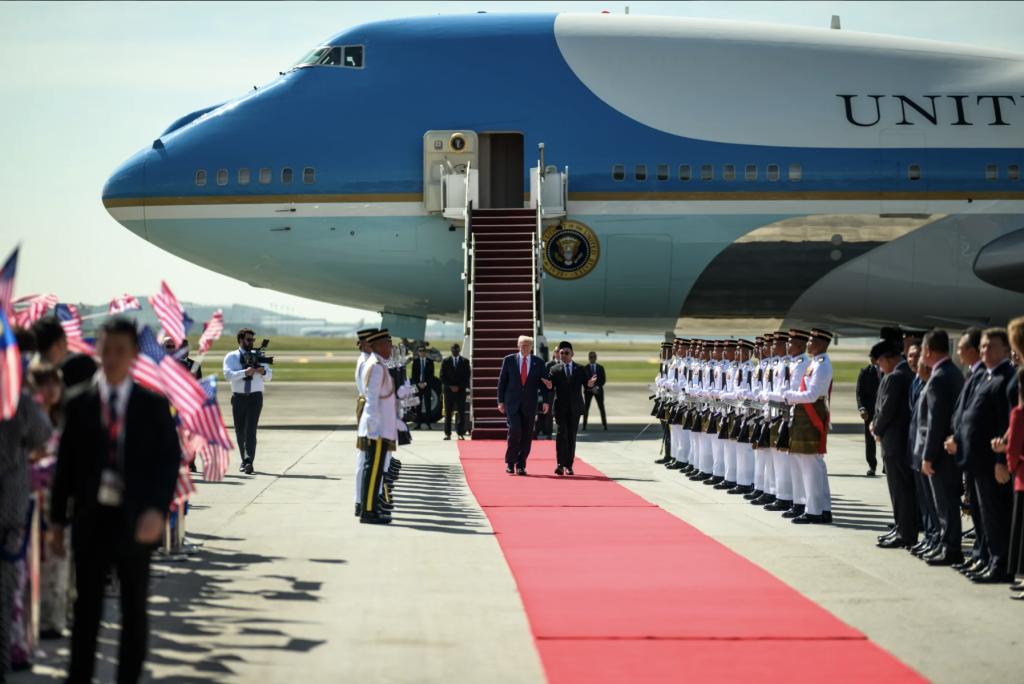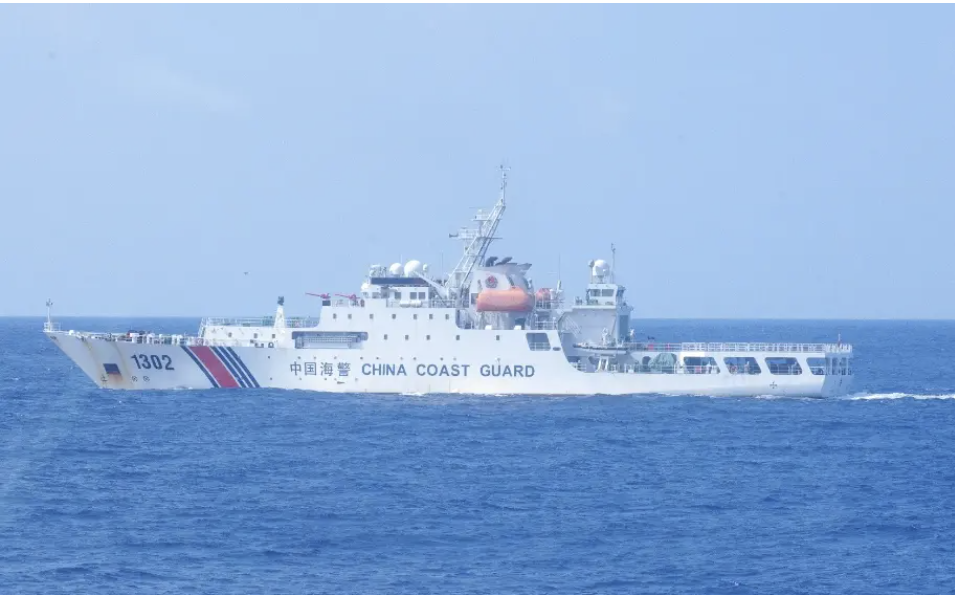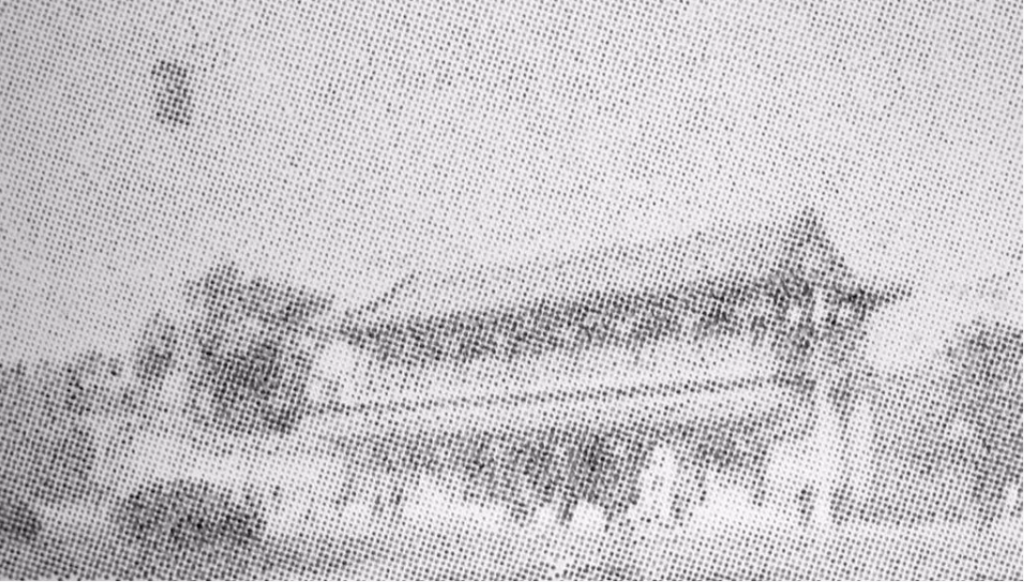Vietnam Navigates Global Frictions by Doubling Down on Hedging
- Analysis
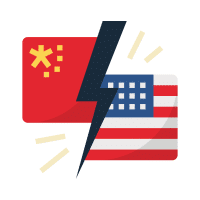 Hunter Marston
Hunter Marston- 07/29/2025
- 0
Beneath the Winds is a series from the Monitor about the impact of the U.S.-China rivalry in Southeast Asia and the international record of both powers throughout the region.
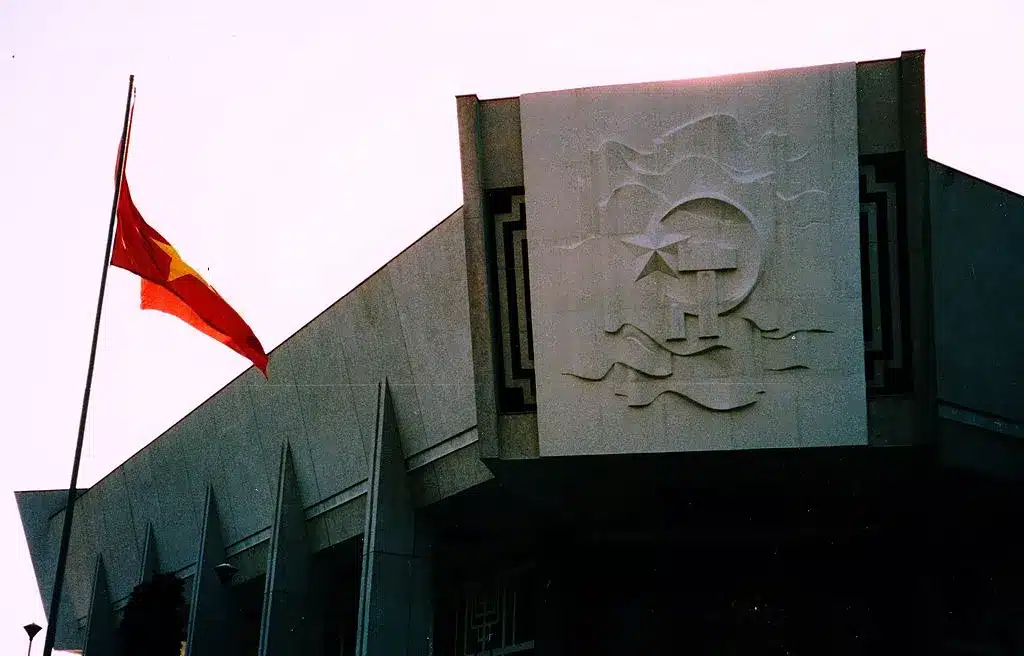
As global trade tensions rattle Southeast Asia and countries race to negotiate bilateral solutions to unilateral tariffs imposed by U.S. President Donald Trump, some analysts have argued that regional states are inexorably aligning with China. However, Southeast Asian nations have demonstrated remarkable agility in navigating the current period of great power rivalry between the United States and China.
There is a long-held assumption that Southeast Asian countries look to the United States for security and China for economic growth. But this caricature reflects a false binary where no simple dichotomy exists. The neat division between economics and security has never really existed in Southeast Asia, where economic security is national security. More to the point, it ignores the extent to which the region relies on U.S. economic investment and trade as well as China’s expanding security partnerships throughout Southeast Asia.
At a deeper level, Southeast Asians view economics and security as fundamentally intertwined. As one senior Vietnamese policymaker put it to me, economic security is national security. Hanoi does not conceive of economic strategy as divorced from defense and geopolitics. Therefore, the Vietnamese government approaches its relations with the United States, China, and an array of other partners through a holistic lens, seeking to deepen cooperation on numerous fronts, including economics, people-to-people ties, and defense diplomacy.
How Hanoi Has Managed Trump (So Far)
Arguably, no country has displayed more dexterity in weathering current headwinds in trade and geopolitical competition than Vietnam. On July 2, Trump announced on Truth Social that his government had reached a trade deal with Hanoi that would lower tariff rates to 20 percent while fully opening the Vietnamese market to American products.
But Vietnam is not out of the woods yet – far from it. The trade deal which Vietnam agreed to with the United States also maintains a 40 percent tariff on “transshipments,” though it remains unclear which transshipments will be affected (whether Chinese goods that Vietnam re-exports after further assembly or all products which Vietnam exports that do not originate in the country).
Hanoi could come under further scrutiny by Washington if the Trump administration deems it is not getting enough from the Vietnamese. It essentially remains up to White House officials to define what is meant by “transshipments.” Does that entail only Chinese products which have no value-add in Vietnam? Or is there a specific percentage of value-add which mean the product no longer qualifies as a transshipment? Nowhere in the rough deal announced in early July do administration officials clarify this point.
Moreover, Vietnam continues to rely on China heavily for most of its trade, a trend that the Trump team is keen to crack down on (and ostensibly reverse). Hanoi has gone to considerable lengths to stave off U.S. frustrations in recent years. For instance, the Vietnamese government fast-tracked a U.S. $1.5 billion golf course outside of the capital Hanoi, an investment project belonging to the Trump family business. The project was allowed to break ground before completing the usual legal steps, including environmental impact assessments, and uprooted local communities from farmland and family burial grounds.
In 2023, the state-owned airline company Vietnam Airlines agreed to purchase 50 Boeing 737 Max planes worth U.S. $7.8 billion, and earlier this year Vietnam signed a deal to allow Elon Musk’s Starlink satellite services to operate in the country. The move, which came before the recent imbroglio between President Trump and Musk led to the latter’s ignominious departure from Washington, was largely viewed as a bargaining tactic to secure favorable terms in ongoing trade negotiations.
Vietnam’s fraught relationship with China
From a broader strategic perspective, Vietnam’s government also maintains lukewarm political ties with the Chinese Communist Party. Close party ties are important to Vietnam’s survival for several reasons. For one, geographic proximity means that Vietnam cannot escape China’s influence. There is a saying in Vietnam, “A neighbor nearby is better than a brother far away,” which captures the country’s predicament well. Vietnam cannot rely on the United States to come to its rescue. It has no choice but to get along with China.
As a result, Hanoi has settled upon an at-times uncomfortable but well-rehearsed diplomatic dance to both get along with and periodically push back on China’s overweening presence. During episodes of heightened tension, particularly regarding territorial disputes in the East Sea (as the Vietnamese refer to the South China Sea), Vietnamese officials have vocally condemned China’s actions. More often than not, however, once tensions have cooled somewhat Communist Party of Vietnam officials pay a visit to Beijing to make amends and ensure that bilateral relations are on stable ground. As long as both sides honor the tradition of this proverbial song-and-dance, the two respective governments have preferred to compartmentalize maritime disputes in favor of maintaining overall cooperative relations.
While nationalism compels the two countries to disagree fiercely over issues of territorial sovereignty, and a bitter history of war continues to inflame passions to this day, other international issues have brought the two countries together. Socialist solidarity continues to ground strong party-to-party ties between the two countries’ respective governments.
Chinese leader Xi Jinping used the occasion of a state visit to Hanoi in April 2025 to exhort Vietnam’s leaders to join China in opposing “unilateral bullying” (a barely veiled reference to the United States). The two countries also signed 45 different agreements covering areas of cooperation such as railway transportation and supply chain integration.
During Xi’s visit, the two countries pledged to expand “collaboration in emerging fields such as artificial intelligence, clean energy, green development, and digital economy,” “deepen political security cooperation” by establishing a “‘3+3’ strategic dialogue mechanism on diplomacy, defense and public security…at the ministerial level,” and “increase high-level and all-level exchanges between their armies.”
Vietnam’s Multidirectional Hedging Strategy
Yet Hanoi is reluctant to get too close to the Chinese and has made notable efforts to forge new partnerships with a range of other countries to further its multidirectional foreign policy. In the past three years, Vietnam has upgradednine of its strategic partnerships to the level of comprehensive strategic partnership, the highest level in Hanoi’s hierarchy of partnerships. The list of comprehensive strategic partners includes China, Russia, India, Australia, Japan, Korea, and the United States, to name a few.
Thus, Vietnam is not simply hedging between the United States and China. Nor is it equidistant. Due to reasons described above, the country will never be as close to the United States as it is to China (recall the maxim about “a brother far away”). Given the obvious asymmetric gap, China matters exponentially more for Vietnam’s national survival than the United States. Hanoi must consider Beijing’s interests when making foreign policy choices. Therefore, it has embedded its growing defense cooperation with Washington within a broad network of strategic partnerships that it can point to, in effect to say, “This is nothing out of the ordinary that we don’t do with other countries. We do not favor the United States, and we will always respect China’s interests.”
This multidirectional hedging strategy is rooted in Vietnam’s doctrine of “diversification and multilateralization” (đa dạng hóa, đa phương hóa), first articulated at the Seventh Party Congress in 1991. According to the Communist Party, the country must integrate into the international community and multilateral organizations, seek partnerships with other developed countries, diversify foreign relations, and “consistently carry out a foreign policy of independence, autonomy, peace, cooperation and development.”
Looking Ahead
Returning to the false binary discussed at the outset of this article, in the case of Vietnam the division between trade with China and security cooperation with the United States no longer holds. Indeed, much of Southeast Asia—and Vietnam in particular—relies on the United States as an export market and major source of foreign direct investment throughout the region. In 2024, exports to the United States made up nearly 30 percent of Vietnam’s gross domestic product with $142 billion in goods. In 2023, the United States invested $74 billion in ASEAN, comprising almost a third of the region’s total FDI. China’s FDI, by contrast, was $17.3 billion in 2023 (only 7.5 percent of total investment flows). Thus, it is premature to discount the United States’ economic influence in Southeast Asia.
Similarly, the region no longer looks to the United States as the only security provider. In the past decade, Beijing has made serious inroads in defense cooperation with a number of Southeast Asian partners. Since Xi Jinping announced the Global Security Initiative in 2022, several Southeast Asian states, including Brunei, Cambodia, and Laos, have pledged to help promote Beijing’s vision and deepen security cooperation.
Vietnam and China conduct joint patrols in the Gulf of Tonkin and along their shared border in northern Vietnam. The two countries have also deepened dialogues and consultations on internal security cooperation, particularly in police training, even as Hanoi has incrementally expanded external defense ties with Washington to bolster its maritime capacity.
According to Sheena Chestnut Greitens and Isaac Kardon, “Vietnam’s choice to work closely on security affairs with both rival great powers should help retire the conventional wisdom that China’s only appeal to other countries is economic.” This dual-track approach reinforces Vietnam’s multidirectional foreign policy, aligning with a range of external partners when its suits the national interest.
While Hanoi is hyper-exposed to the frictions of the U.S.-China trade war, it has actively addressed vulnerabilities where it can by deepening cooperation with both superpowers. It has also widened its network of strategic partners to mitigate the risk of relying on any one external power. At the end of the day, Vietnam will not choose the United States or China. It has already chosen Vietnam.
Hunter Marston is an Adjunct Fellow with the Center for Strategic & International Studies (CSIS) and an Associate with 9Dashline. He holds a PhD in International Relations from the Australian National University and writes regularly on Southeast Asian geopolitics and US foreign policy.
The views expressed in this article represent those of the author(s) and not those of The Carter Center.

